Vintage Treasures: The Folk of the Air by Peter S. Beagle
 |
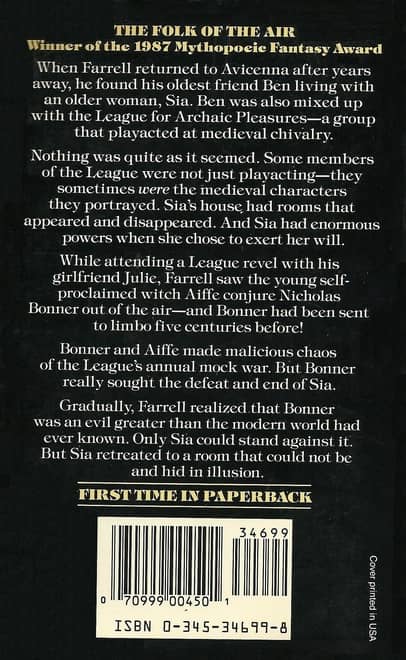 |
Peter S. Beagle burst on the scene in 1960 with A Fine and Private Place, the tale of a man quietly living in a cemetery for decades. Written while he was still a teenager, the novel established Beagle immediately as a major American fantasist. He followed it with The Last Unicorn (1968), which placed fifth in the 1987 Locus Poll for All-Time Best Fantasy Novel, sold more than five million copies, and was made into a popular animated film by Rankin/Bass in 1982.
In 1969 Beagle wrote one of his most popular short stories, “Lila the Werewolf” (first published in Guabi #1, and in Terry Carr’s New Worlds of Fantasy #3), featuring the character Sam Farrell. Two decades later Farrell returned in Beagle’s third novel The Folk of the Air, which won the Mythopoeic Fantasy Award and was called “Peter Beagle’s Silmarillion” in the Mythopoeic Society review.
The publication of The Folk of the Air is an Event, no doubt about it… it is easily the best new fantasy novel I read last year… The main character is Joe Farrell, who first appeared as the hero of a short story called “Lila the Werewolf” (which may be found in the omnibus volume The Fantasy Worlds of Peter S. Beagle). It’s several years after “Lila”, and Farrell is making his first visit in a long time to his old stomping grounds in Avicenna, California…
If The Folk of the Air had been published five years ago, it would by now be seen as a foundation stone in the currently flourishing subgenre of contemporary urban fantasy — books like Moonheart by Charles de Lint, Tea with the Black Dragon by R.A. MacAvoy, and Brisingamen by Diana Paxson… Beagle has captured the style of the subgenre perfectly. From the beginning, where the sense of something magical and uncanny is in the air nearly from the start, long before the supernatural actually rears its head, to the end, which features a bang-up magical battle between two of the principal characters while the others look on in dazed wonder, this book has everything to capture the interest of fantasy readers who like a magical tale in the here and now.
The book has held up very well over the decades (SF Reviews recently called it “top-drawer, comparable to the best of Tim Powers”), although Beagle has reportedly been working on a revised edition, to be called Avicenna, for some time. Whatever the case, the book has been out of print in the US since the 1988 Del Rey paperback, pictured above. I found this copy at the Windy City Pulp and Paper show here in Chicago earlier this year, where I paid $2 for it. It is 375 pages, with a cover price of $4.50. The cover is by Romas. There is no digital edition. See our previous coverage of Peter Beagle here.
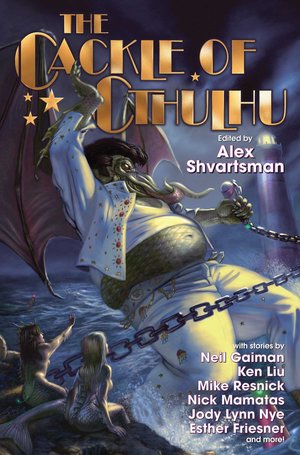
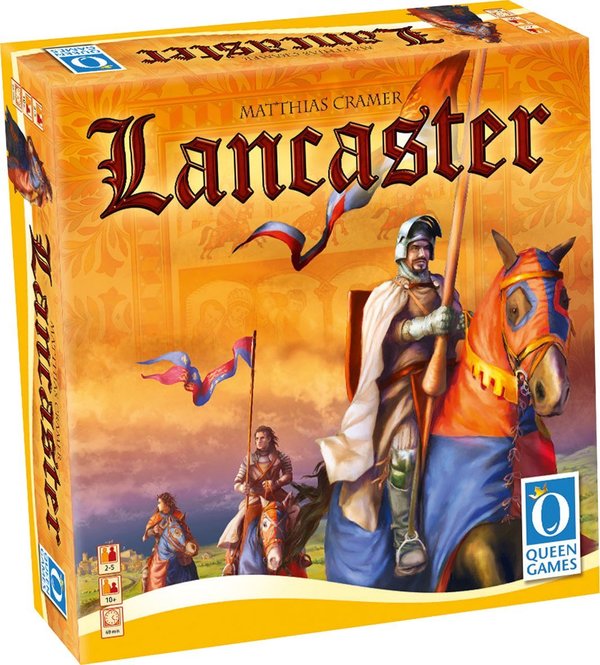

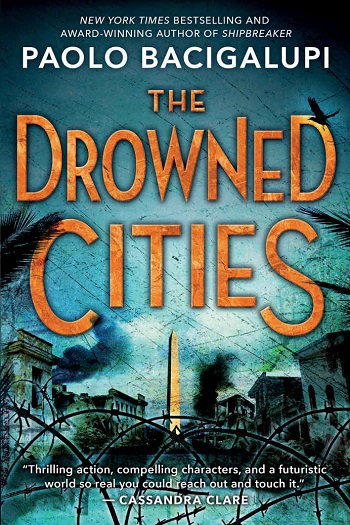
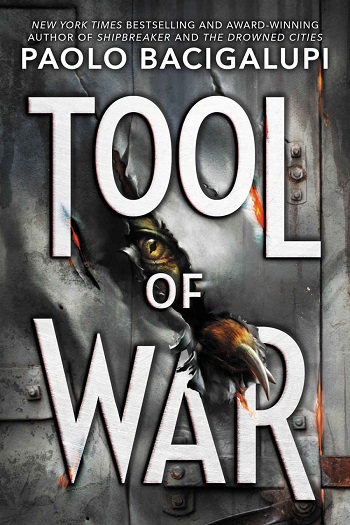


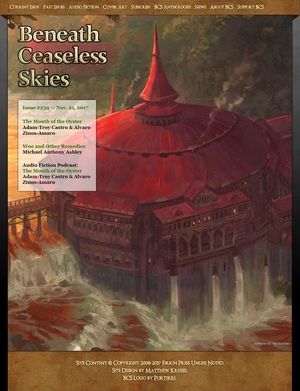
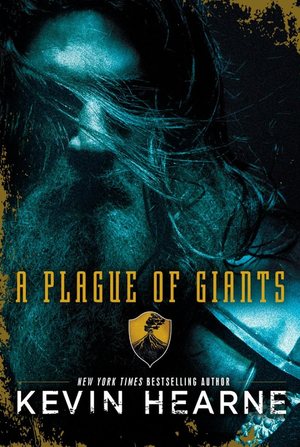
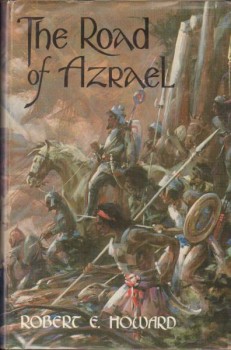
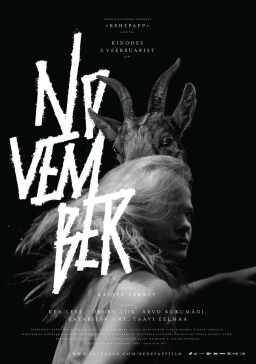 I wrote the other day about
I wrote the other day about